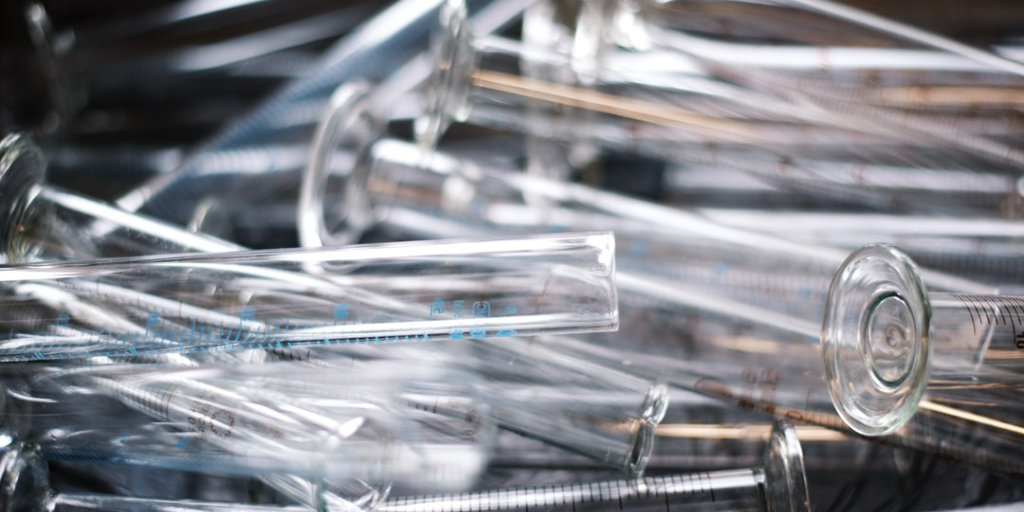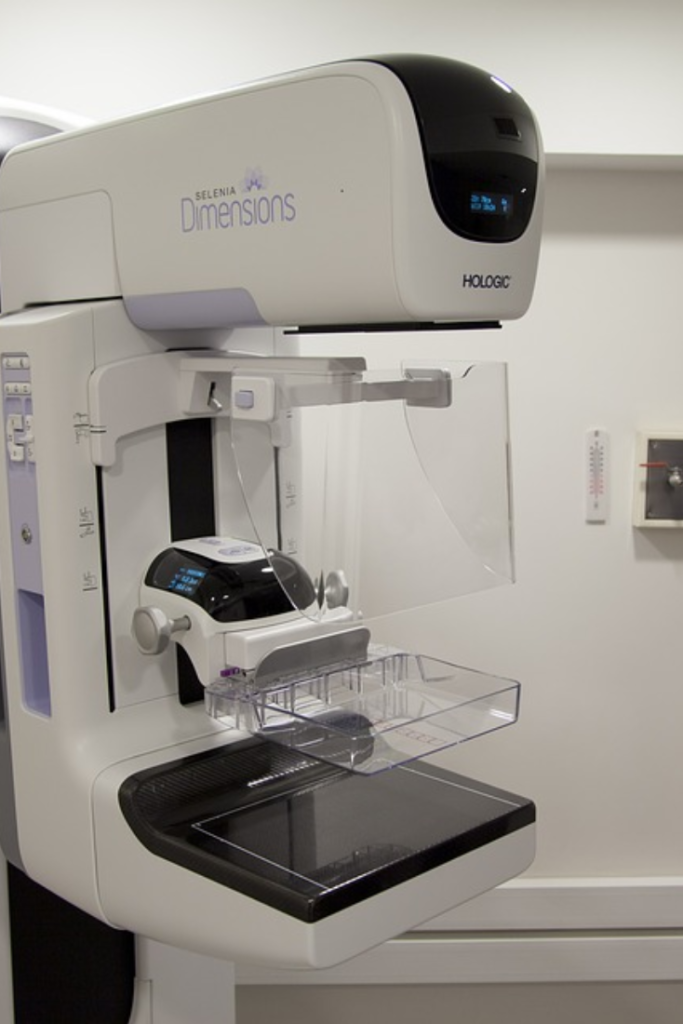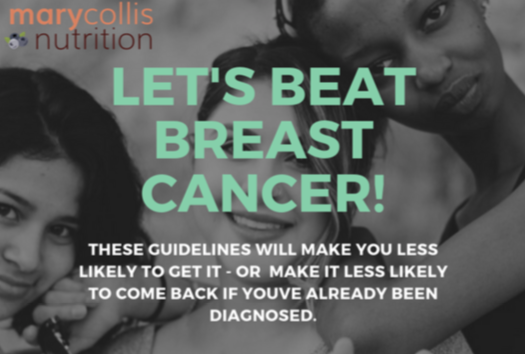What you hear on the media from the cancer-industry is not the whole story of mammograms. The cancer-industry is an industry employing millions of people and generating billions of dollars – all dependant on you weighing in and making use of all of its offerings. And as with everything you spend your money on – buyer beware. You owe it to yourself to get the facts first and check it’s actually what you want and need. Find out here more of the real facts about mammograms.
Early Detection? Or is it Late?
Mammograms are advertised as early detection of breast cancer. The marketing idea is that if you catch it early, you can stop it, before it metastasises to other parts of the body.
I’m not against diagnostic tests. I use them for myself and advise my clients to also make use of ones I think will shed light on their condition. But I am concerned with several things regarding this diagnostic tool.
In fact, mammograms are only able to detect a tumour so large that it has been in existence around 21.4 years! If it is the type of tumour that metastasises (and not all have that tendency). it will have bolted long before this time. Even waiting till a breast tumour is palpable usually picks it up at 22.8yrs on average – only a little longer. We have to ask if this will effect the treatment outcome and if it is worth the radiation exposure of the screening?
What are the science facts about mammograms?
It doesn’t matter what I think. It doesn’t even matter what any of us think – what matters is what does the science say – what does the preponderance of evidence say about mammograms?

There have been over 50 systematic reviews of studies done to date on mammograms. A systematic review summarises the findings of controlled trials and provides a high level of evidence that we should pay attention to. There are poorly designed studies, but these are not them – these ones are usually reliable.
The reviews funded and researched by sectors of the cancer industry – those who benefit financially from a routine mammogram schedule. – by and large, come out in favour of mammograms.
The other unbiased reviews where no researchers will benefit financially from routine mammogram schedules – come to negative conclusions:
- overdiagnosing (diagnosing benign tumours which then results in treatment with surgery and chemo)
- too much radiation risk
- high risk of spreading cancer
- too much risk of causing cancer where there was none
- no proof of lowering death rates.
These are the types of things the unbiased reviews find.
Can mammograms CAUSE breast cancer?

Yes, and they do. The way radiation affects cells is that it breaks the electrons off an atom’s nucleus, so they then ‘bounce around’ looking for a new ‘family’ and end up damaging tissue – killing cells. This is the reasoning behind radiation treatment – to kill the cancer cells in this way.
Mammograms are a different type of radiation to the radiation of high-energy X-rays – which are more similar to nuclear bomb radiation. We have a lot of evidence of how they affect cells and bodies.
But it turns out that the low dose radiation of mammograms is actually 4X as damaging to cells than the higher energy scans. It damages DNA in breast cells, then squeezes the damaged cells out to other parts of the body. Blood tests taken immediately after a mammogram easily detect these cells with radiation damaged DNA. These are facts about mammograms we don’t often hear.
Radiation from annual mammograms from ages 40 – 74 cause 86.4 cancers in every 100,000 women with 10.6 dying from these radiation-induced cancers.
Mammograms and the drop in breast cancer deaths
After routine screening came into Western countries, the breast cancer death rate dropped significantly. This is an argument used in favour of mammograms. However, it also dropped in age brackets not receiving regular mammograms. It also occurred immediately. You would expect having a mammogram does not immediately ‘heal’ a person. It just doesn’t match up.
What happened at the same time that mammogram screening became routine was that the cancer industry introduced the estrogen-blocking drug, Tamoxifen, as the standard of care for all women being treated for breast cancer. There is a lot more evidence that this drug actually caused the drop in deaths.

It is also worth noting that eating mushrooms, onions and cruciferous vegetables also blocks estrogen and in so doing, can prevent and lower cancer death risks. There is ample scientific evidence for this.
What are the screening stats?
For 1000 women undergoing screening every year in their 50s, 4 will die of breast cancer. For a matched group of 1000 women – not screened – 5 will die of breast cancer. Sounds like a win for screening. But we need to know all the facts about mammograms.
For both groups of 1000 women in their 50s, the same number of women will die overall from any causes. In other words, one woman who had regular mammograms – may avoid dying from breast cancer – but end up with heart disease from the screening radiation – or will maybe die of something else. Death is death and having a mammogram doesn’t stave off death from any cause. It doesn’t save lives, in other words.
The most insidious message of mammograms
The message put out by the cancer industry is that if you have a mammogram, you are looking after yourself and doing something to prevent breast cancer. Nothing could be further from the truth as you can see.
However, the worst thing is that instead of educating women on what science-based lifestyle changes they could make to prevent breast cancer, they are left like innocent lambs, thinking they have done all they can do – while, in fact, adding to their own risk.
Unfortunately this is normal today; most people have been lulled off to sleep with the false sense of security that medical drugs and procedures bring. They mask or remove the symptoms, so people think they are well. Meanwhile more serious diseases are developing but they have made no lifestyle changes to lower risk.

Please get my free 4 point checklist on the main things you can do to prevent breast cancer (use the form on this page).
Here is a <short 5-6 minute video> about the impact of mammograms by a medical doctor.



0 Comments